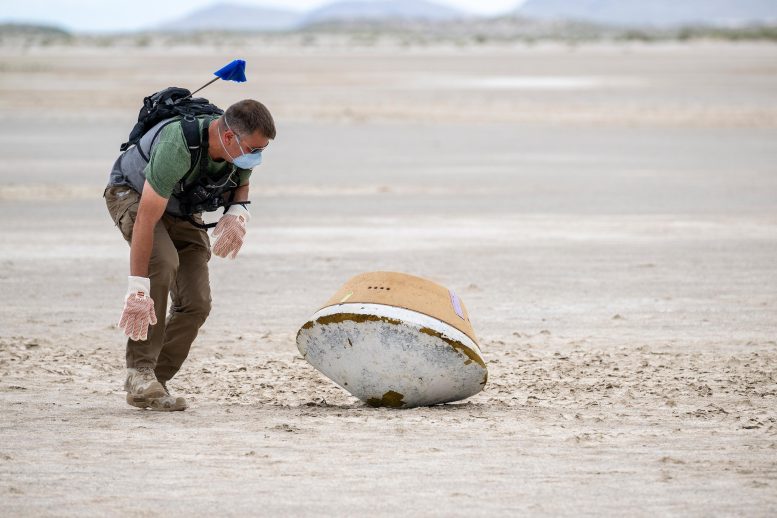
Recovery teams participate in field rehearsals in preparation for the retrieval of the sample return capsule from NASA’s OSIRIS-REx mission at the Department of Defense’s Utah Test and Training Range. The sample was collected from the asteroid Bennu in October 2020 by NASA’s OSIRIS-REx spacecraft and will return to Earth on September 24th, landing under parachute at the Utah Test and Training Range. Credit: NASA/Keegan Barber
A weather briefing today predicted a dry September 24 with low winds. These are optimal conditions for NASA’s OSIRIS-REx sample recovery team: A wet and windy day would have made a speedy capsule recovery from the desert floor of the Department of Defense’s Utah Test and Training Range more difficult.
The OSIRIS-REx team will continue monitoring the weather on Sunday via balloons, the first to be released at 5 a.m. EDT (3 a.m. MDT), which will soar to around 60,000 feet above the military range to measure local temperature, humidity, air pressure, and wind.
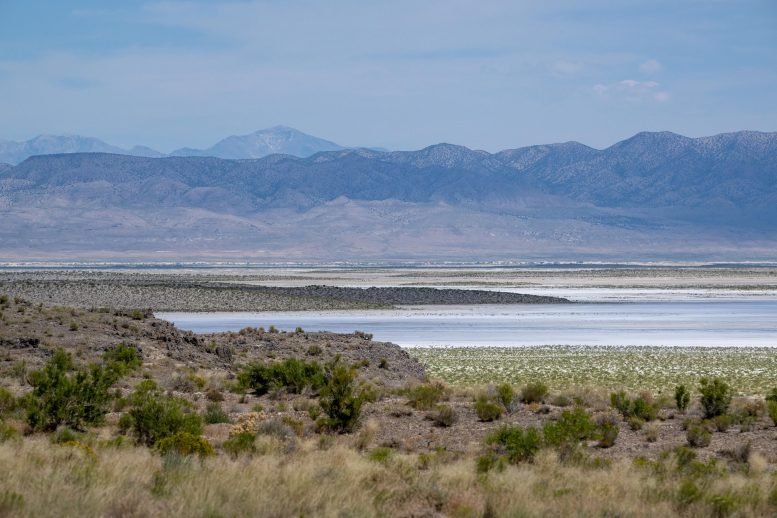
The Department of Defense’s Utah Test and Training Range is seen, Monday, July 17, 2023. Credit: NASA/Keegan Barber
This morning, team members packed their supplies for the field and loaded their gear onto the helicopters and vehicles they’ll use Sunday morning to travel to the capsule’s landing location.
NASA’s live coverage of the OSIRIS-REx capsule landing starts at 10 a.m. EDT (8 a.m. MDT) on Sunday, September 24, and will air on NASA TV, the NASA app, and the agency’s website.
OSIRIS-REx is NASA’s first asteroid sample return mission. It launched in September 2016 on a journey to explore a near-Earth asteroid called Bennu. The mission’s thrilling finale will take place on September 24, 2023, as a capsule containing the Bennu samples touches down in Utah’s West Desert. Credit: NASA
How the OSIRIS-REx Asteroid Sample Delivery Will Work
On Sunday, September 24, the OSIRIS-REx spacecraft will re-encounter Earth’s atmosphere for the first time since its 2016 launch. It carries a significant 250-gram sample from the asteroid Bennu, collected in 2020. The spacecraft, without decelerating, will release the sample capsule from a distance roughly one-third of the way to the Moon. After the drop, OSIRIS-REx will divert its course to asteroid Apophis, taking on the new mission name: OSIRIS-APEX.
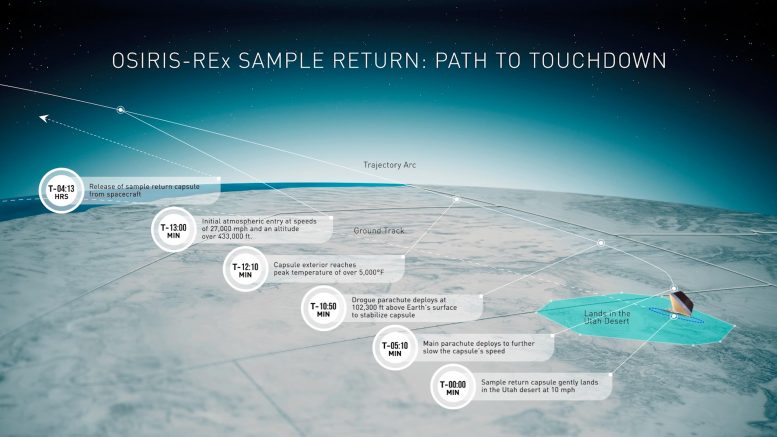
This graphic shows the events that happen between the time the OSIRIS-REx spacecraft releases its sample capsule to the time it lands in the Utah desert. Credit: Lockheed Martin
The sample capsule will journey through space for four hours before entering Earth’s atmosphere at a staggering speed of 27,650 mph, which will wrap the capsule in intense heat. Thanks to a heat shield, the sample remains protected at temperatures akin to Bennu. The capsule’s descent will be managed by a two-stage parachute system: a drogue parachute followed by the main chute, ensuring it lands gently on the military range at around 11 mph. Only 13 minutes after atmospheric entry, the capsule will have completed its seven-year voyage, patiently awaiting the recovery team.
The recovery team, boarding helicopters around 20 minutes before landing, will use thermal tracking to locate the capsule in its descent. They aim to recover the capsule rapidly, minimizing exposure to Earth’s environment. Once retrieved, the capsule will be transported to a clean room on the military range for initial processing. Subsequently, it will be sent to NASA’s Johnson Space Center in Houston. Here, the sample will be documented, preserved, and shared with global scientists for in-depth analysis.
NASA’s OSIRIS-REx, the first U.S. mission to collect a sample from an asteroid, will return to Earth on September 24, 2023, with material from asteroid Bennu. When it arrives, the OSIRIS-REx spacecraft will release the sample capsule for a safe landing in the Utah desert. The primitive material from Bennu – rocks and dust collected from the asteroid’s surface in 2020 – will offer generations of scientists a window into the time when the Sun and planets were forming about 4.5 billion years ago. Learn more about the OSIRIS-REx mission. Credit: NASA’s Goddard Space Flight Center/Scientific Visualization Studio


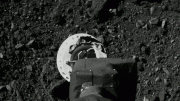
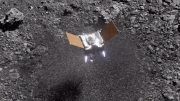
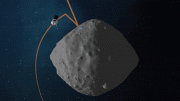
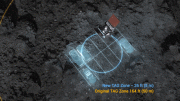
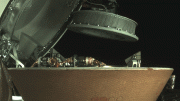

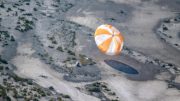
After NASA constantly lecturing us about our carbon emissions, now they’re importing extraterrestrial carbon?
Seriously though, fingers crossed for this tomorrow. I normally wait for asteroid samples to come to me, but going and getting them? I look forward to Osiris-Rex as well. I hope scitechdaily will update us on the composition of bennu, whether it’s carbon-based as expected or not.
What were coordinates for 9/23/2023 landing at UTTR?